Now studying in London, the Ukrainian One to Watch Varvara Uhlik uses food and animation to explore Slavic identity


Now studying in London, the Ukrainian One to Watch Varvara Uhlik uses food and animation to explore Slavic identity
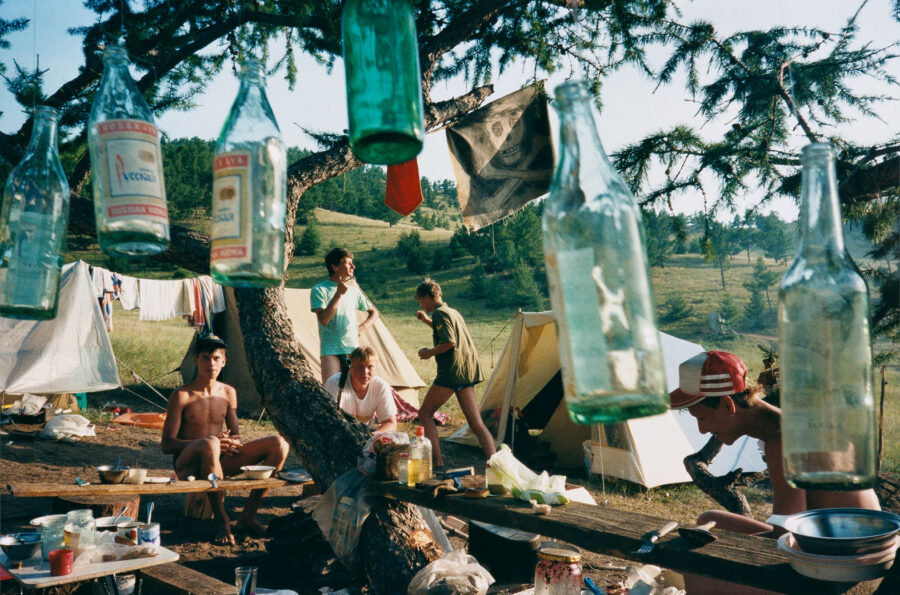
In this profile from 2014, the Dutch photographer discusses her Cold War travels, influences, and Roman Catholic upbringing
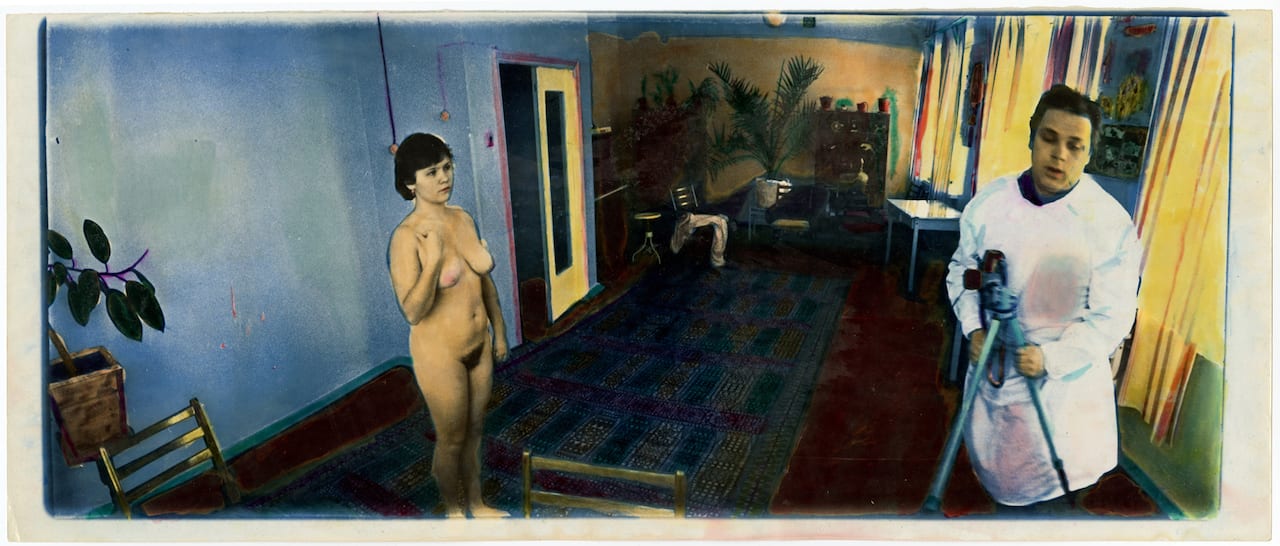
If you wanted to become a professional photographer in the Soviet Union, says Victor Kochetov, you only had two options. Either you could work at an atelier producing pictures for books or postcards, or you could work for the press – and both meant conforming to the ideological pressure of the state. Kochetov chose the first option, and through the 1960s he worked as a commercial photographer in Kharkiv, Ukraine, photographing events such as weddings and funerals, and providing images for books on travel.
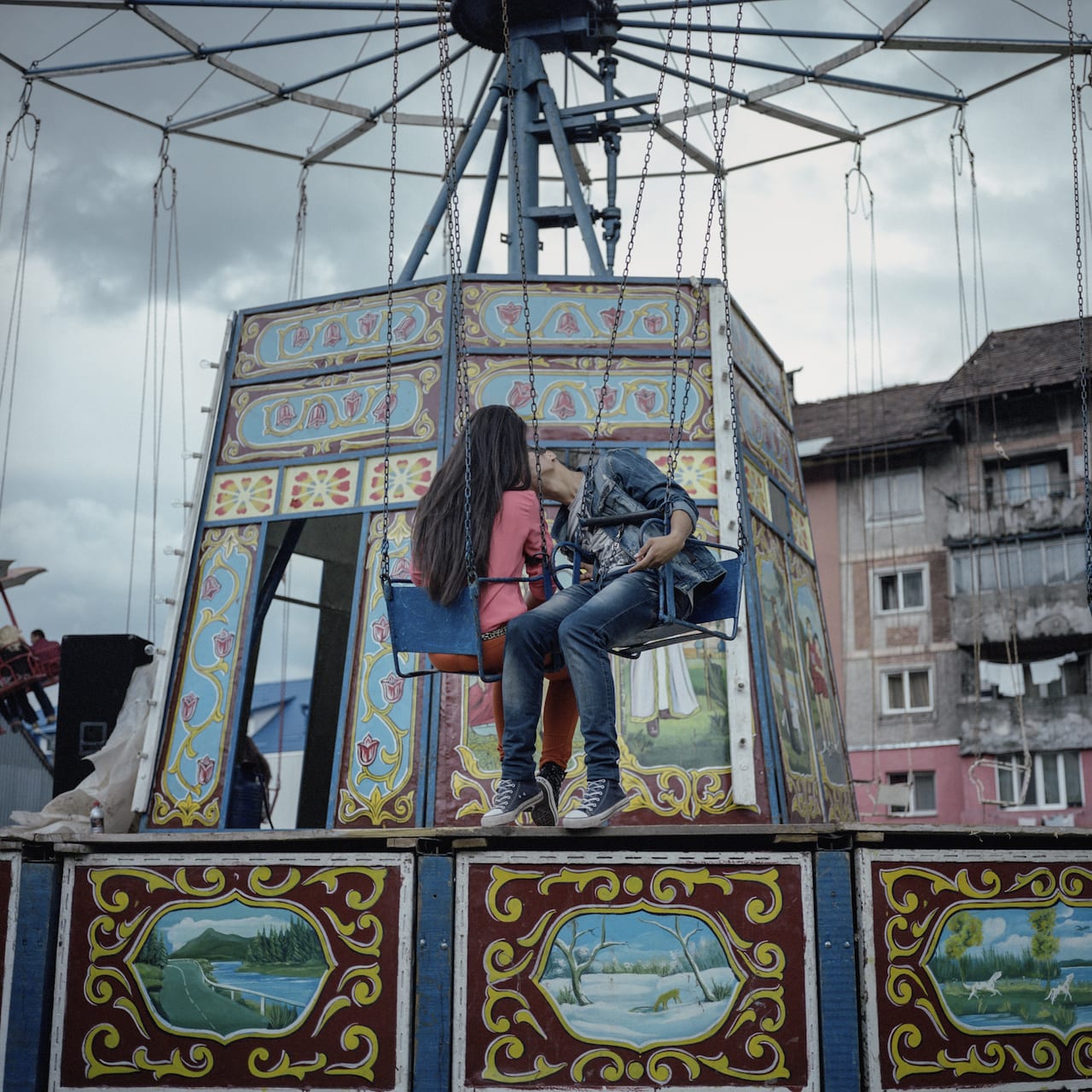
Our pick of the key stories from the past week, including Paris’ Circulation(s) festival of emerging European photography, the first-ever Kyiv Photo Book festival, and Todd Hido’s Bright Black World
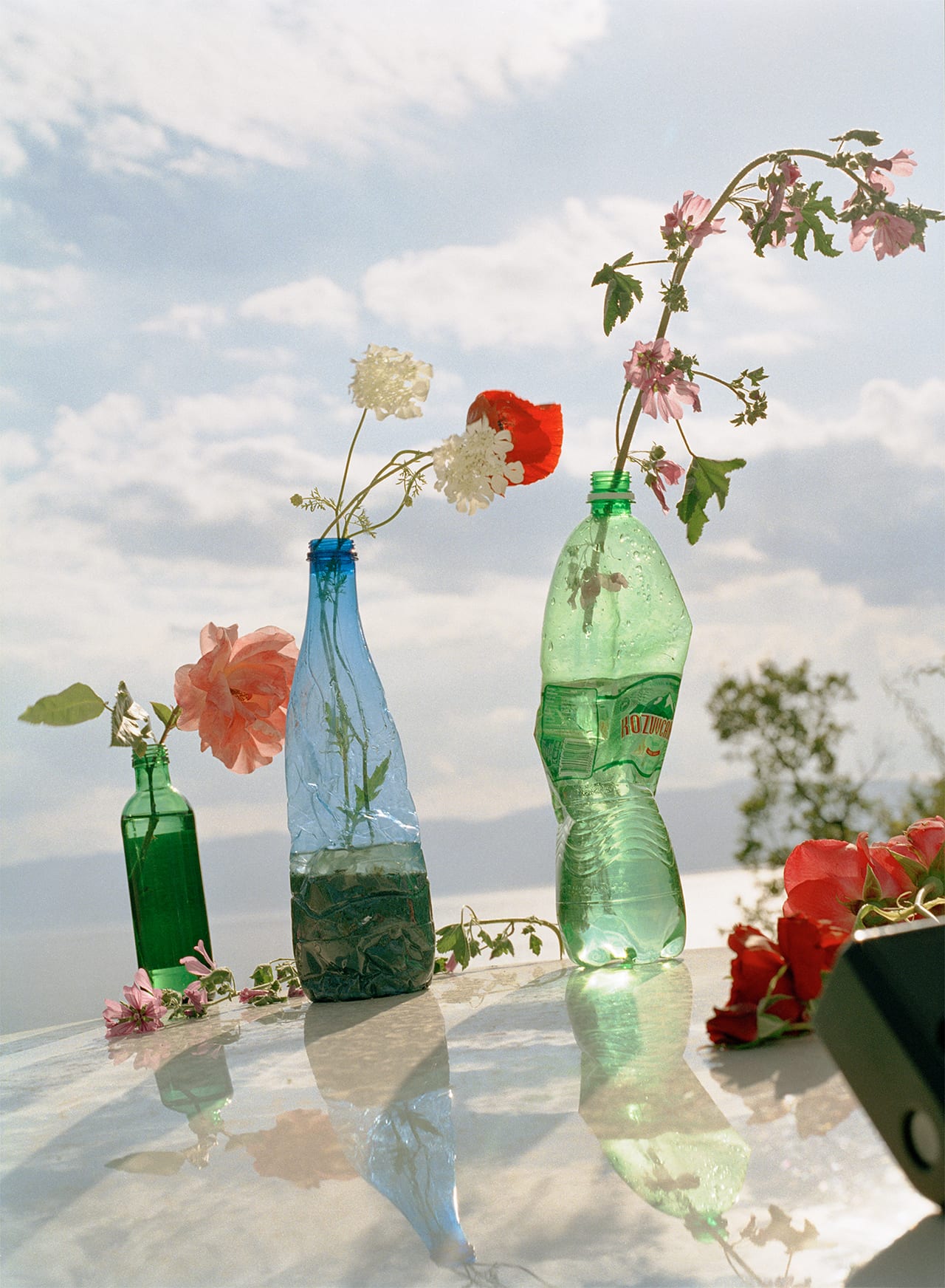
In 1989, a record number of 71,000 Soviet Jews were granted exodus from the USSR after a century of radical changes, fuelled by a wave of anti-semitism. Between 1988 and 2010 over 1.6 million Jews left the territory of the former Soviet Union, most of them settling in Israel but others heading for Germany, Canada, Australia, and the United States.
Irina Rozovsky was seven years old when her family fled from Russia to America in 1988. “It’s ironic in retrospect,” she says. “The USSR was a closed up place where Jews were discriminated against; in the end we were the ones that got to leave and seek out a better life. It was like winning the lottery.”
Rozovsky, now 37, lives in Georgia, US, with her husband and two-year-old daughter. “In my work I’m always circling back to the beginning of things, which for me is leaving one place and settling in another, adapting to a new life,” she says. “My photographs are not autobiographical, but I guess that history and the search for the familiar echoes in how I see. Not being able to see the place that you remember, I think that drives my photography.”
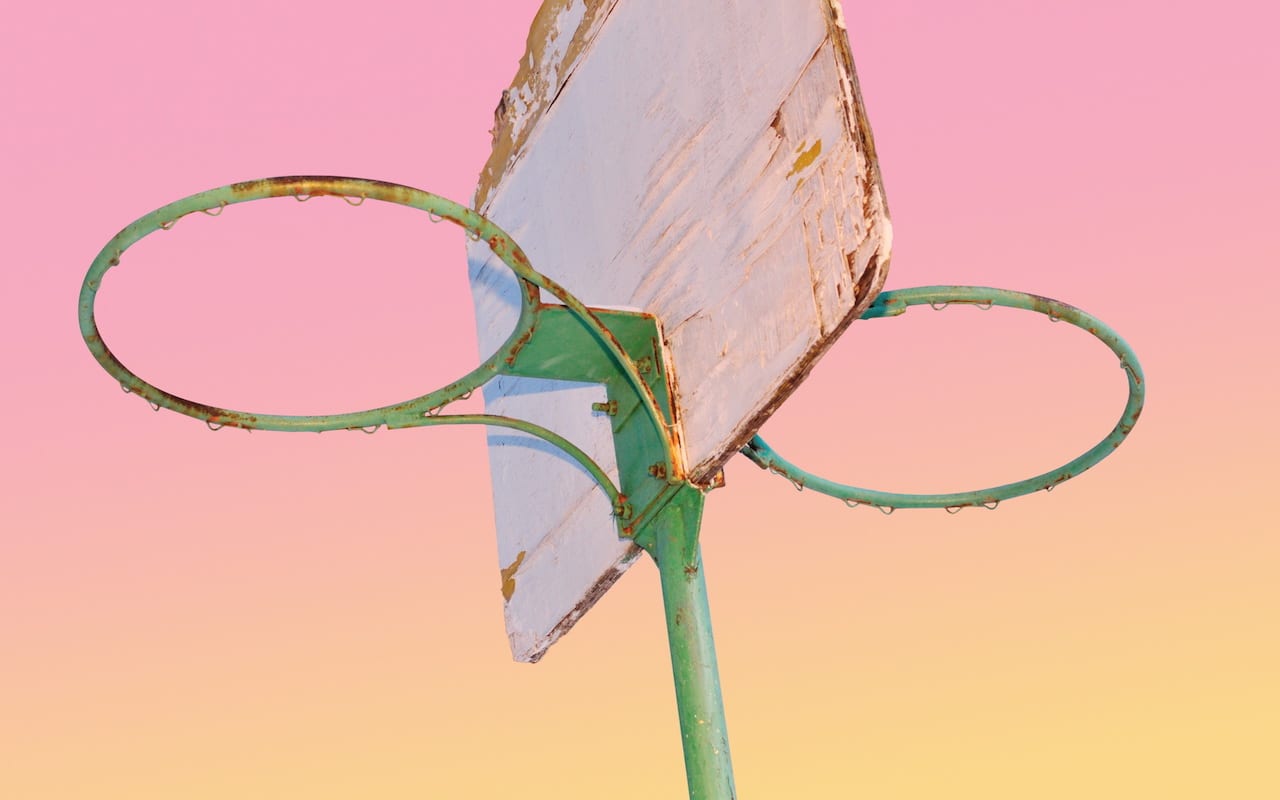
A white painted stone sits atop a pile of concrete from a fallen telephone pole. A seemingly random assortment of rubble, it has in fact been gathered to fasten a manhole cover in place. During a period of particular hardship in Ukraine in the 1990s, manhole covers were often stolen and sold for scrap metal, leaving dangerous open holes in the road. This makeshift device, erected over time out of miscellaneous materials, is one of the objects in Viacheslav Poliakov’s Lviv – God’s Will, a taxonomy of the “unexplored field of accidents” that make up his surrounding urban environment.
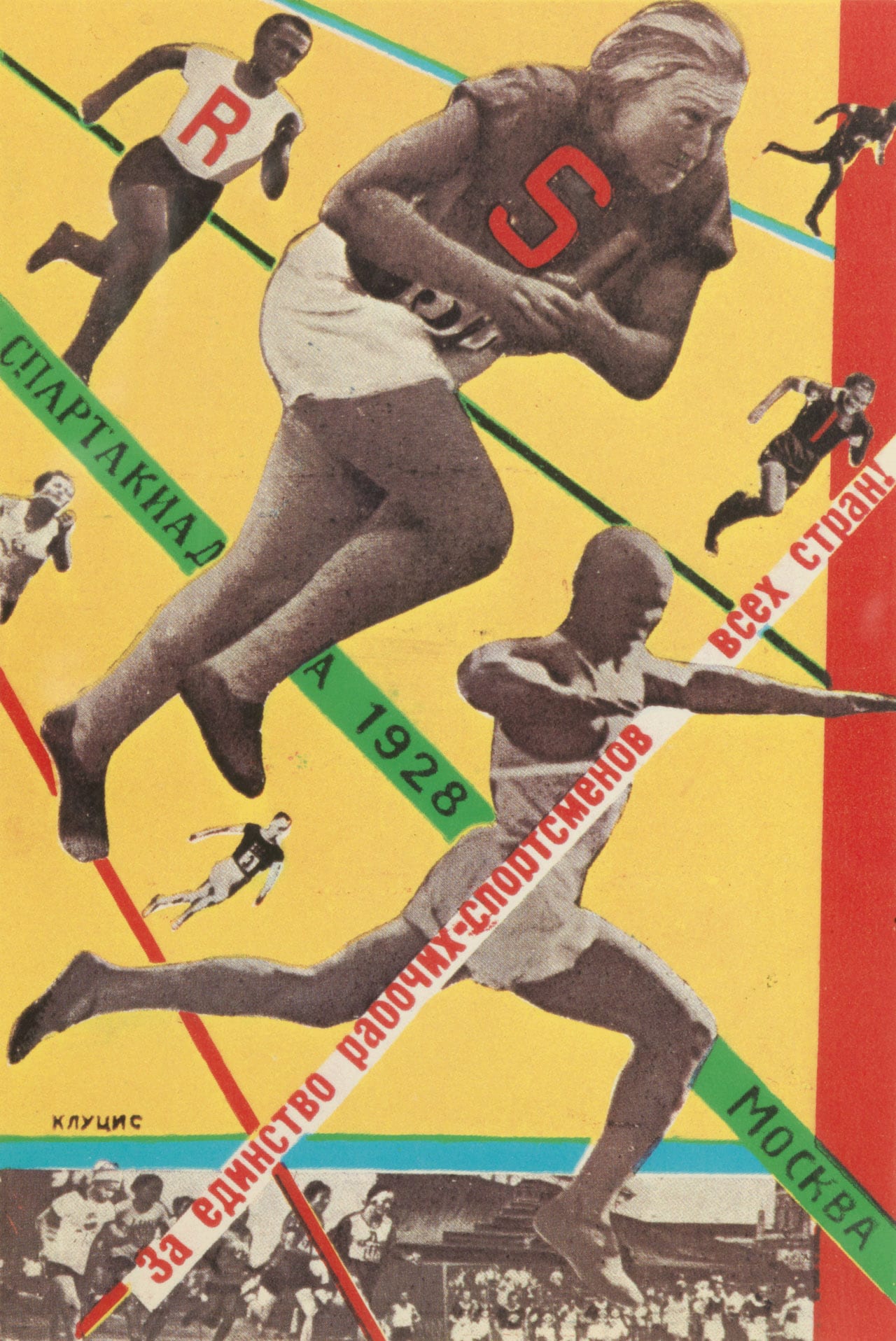
It’s a spectacularly beautiful early morning in December and the traffic is rolling past indifferently on one of North London’s less than silent streets. I’m standing in front of a large red door, having come to visit David King and his world-famous collection documenting the extraordinary visual history of the Soviet Union. King has been assembling the collection for almost five decades and now it is in the process of being transferred to the archives of Tate Modern. The collection has always run in parallel to his work as a graphic designer, photographer and author – work, it is fair to say, that shows influence from the Bolshevik-era material he has discovered on his many visits to the former USSR, and which he has often drawn from in his books, posters, photographs and graphic work.
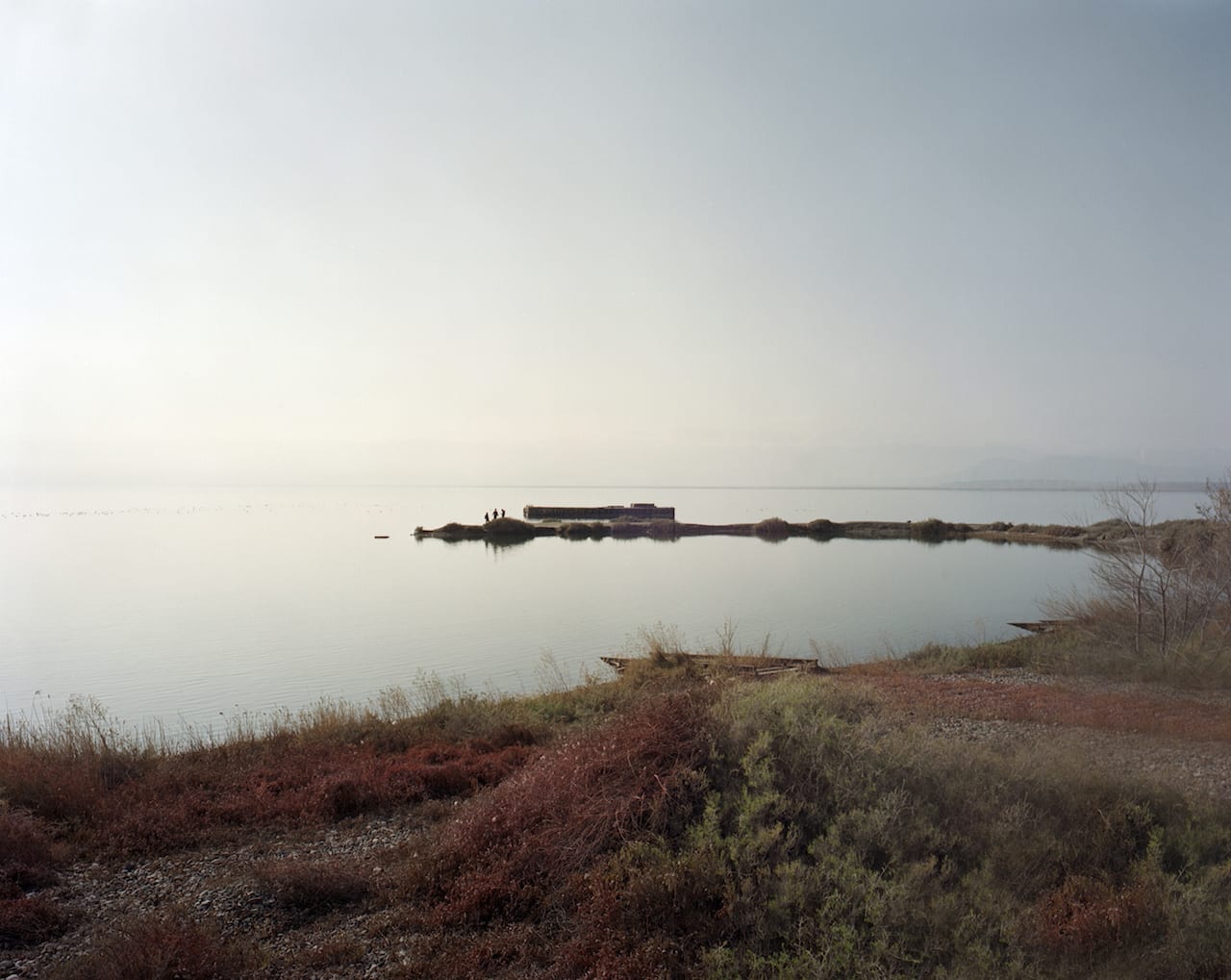
French documentary photographer Elliott Verdier’s A Shaded Path highlights the endless paradoxes of a region fossilised by its longstanding history of being forgotten. Kyrgyzstan is a peculiar place, completely landlocked by mountain ranges – a feature that has preserved its culture while simultaneously reinforcing its susceptibility to external domination. Since its official relinquishment from Soviet control in the early 1990s, the country has returned to its resting state of self-sufficient isolation. From October 2016 to February 2017, Verdier photographed Kyrgyzstan’s industrial factories, embedded in sprawling landscapes that are populated by the touching subjects in his accompanying portraits. Shortly after settling into his daily routine, the photographer began to notice a marked difference between the collective nostalgia of the country’s older and younger generations
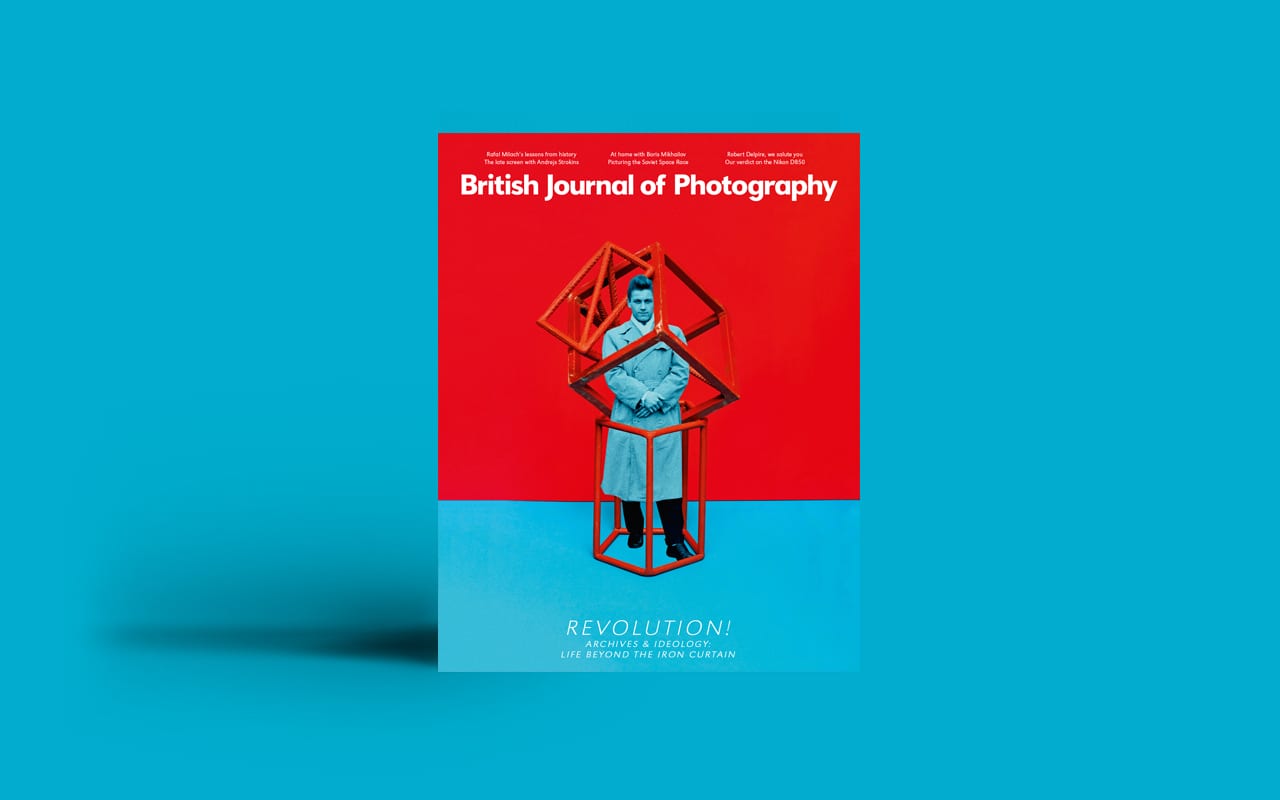
This year marked the 100th anniversary to the October Revolution; the Bolshevik coup lead by Vladamir Lenin that would result in the Russian Civil War (1917-22) and, ultimately, the foundation of the USSR and the communist regime that lasted until 1991. In the BJP’s latest issue, we try to understand something of the vast history of the Eastern Bloc.